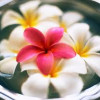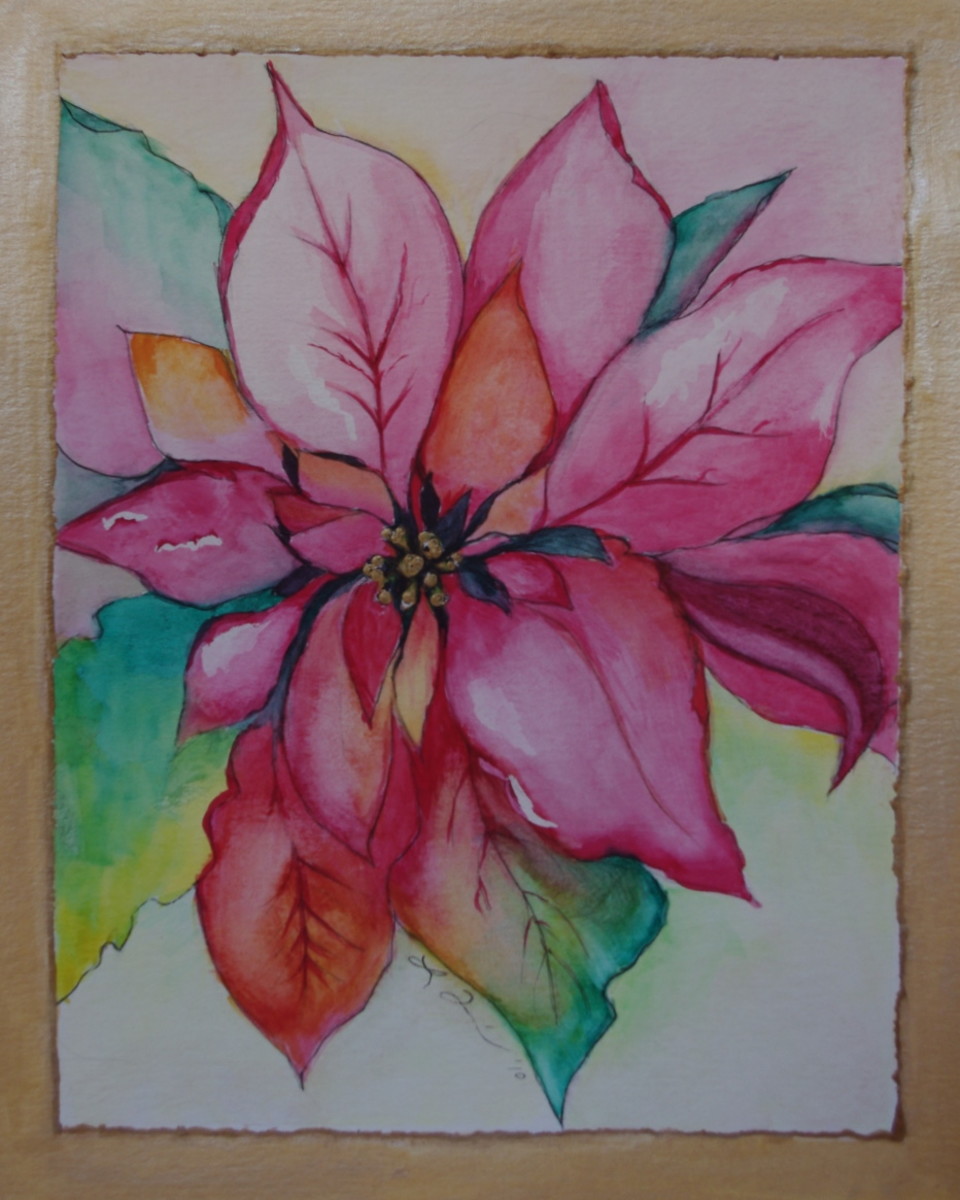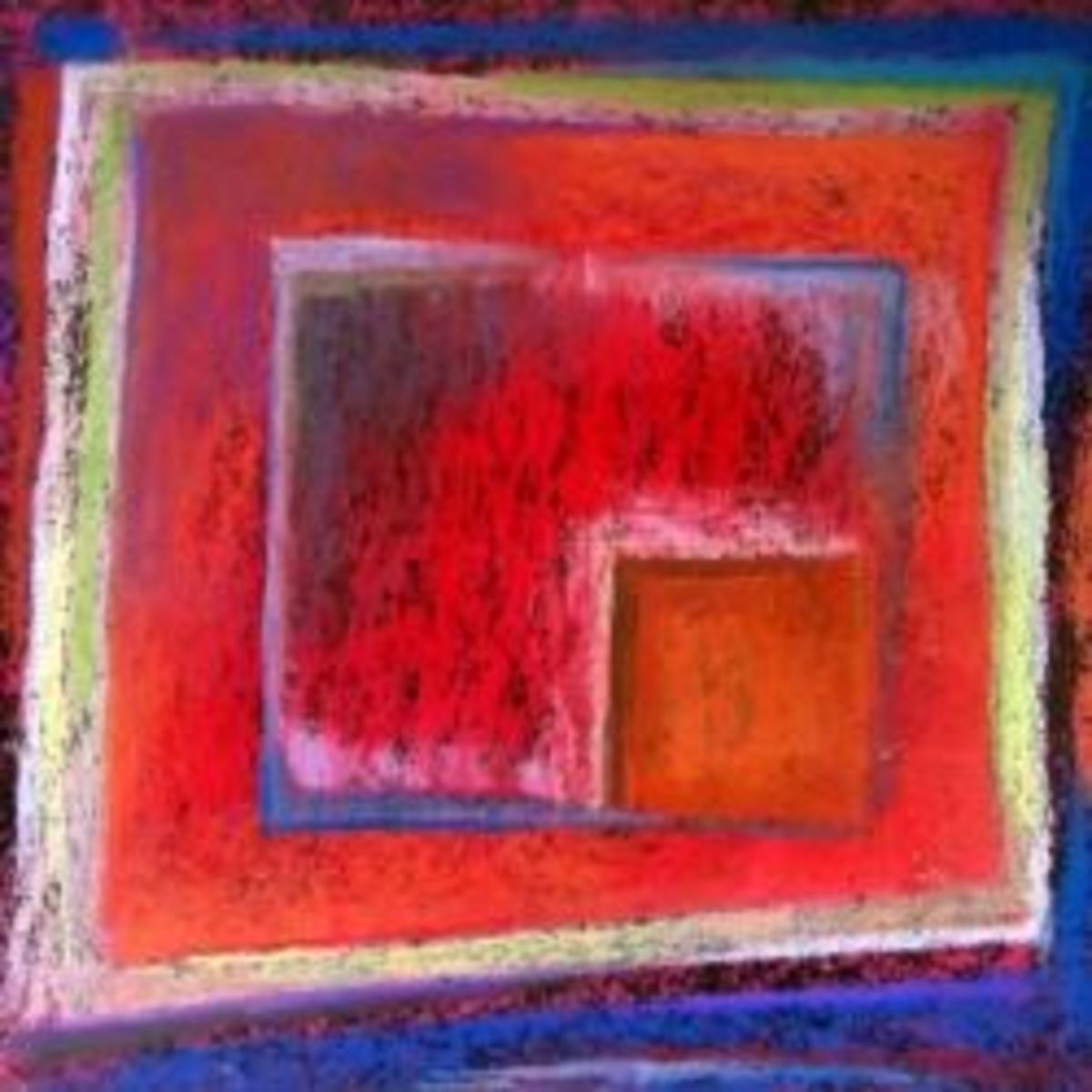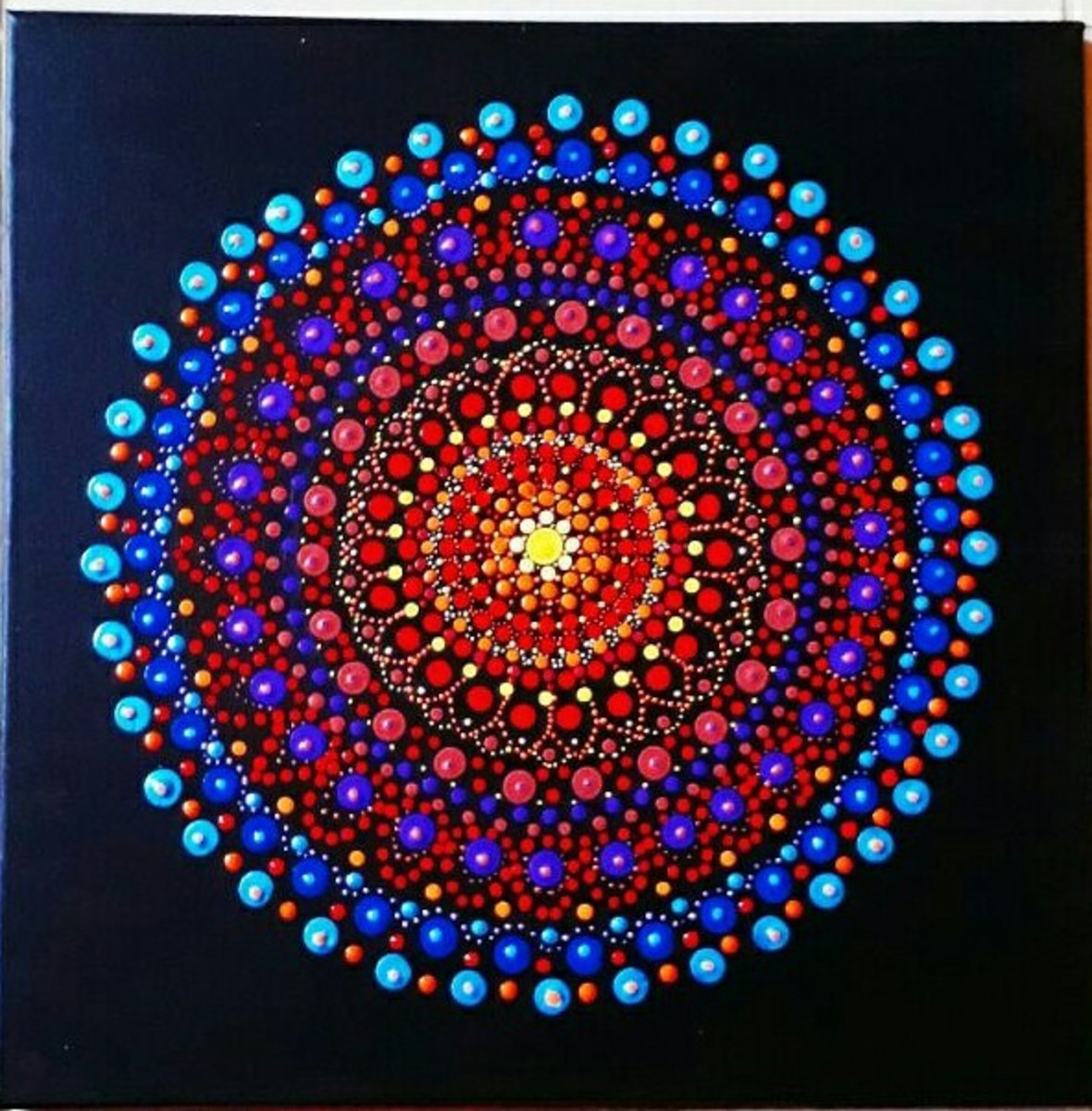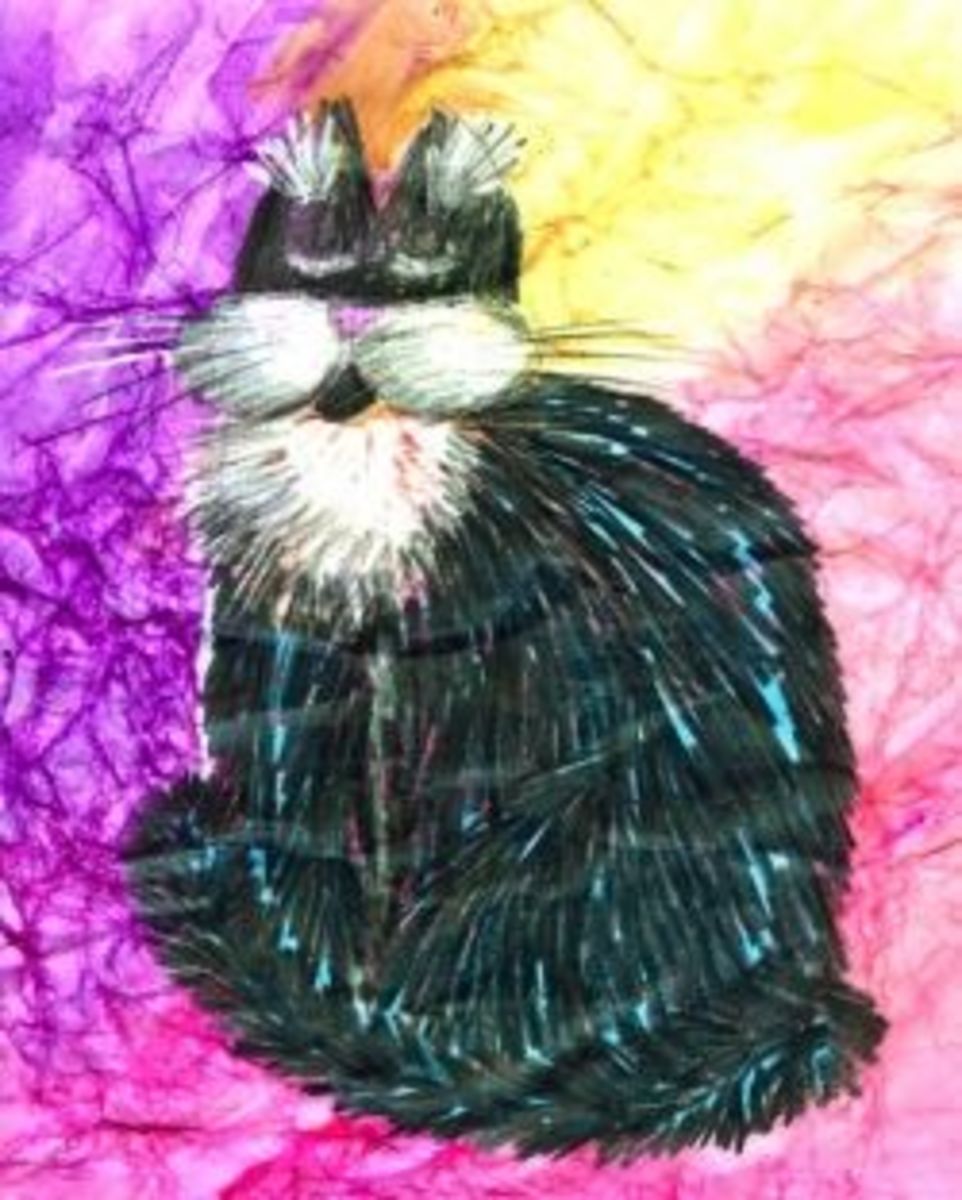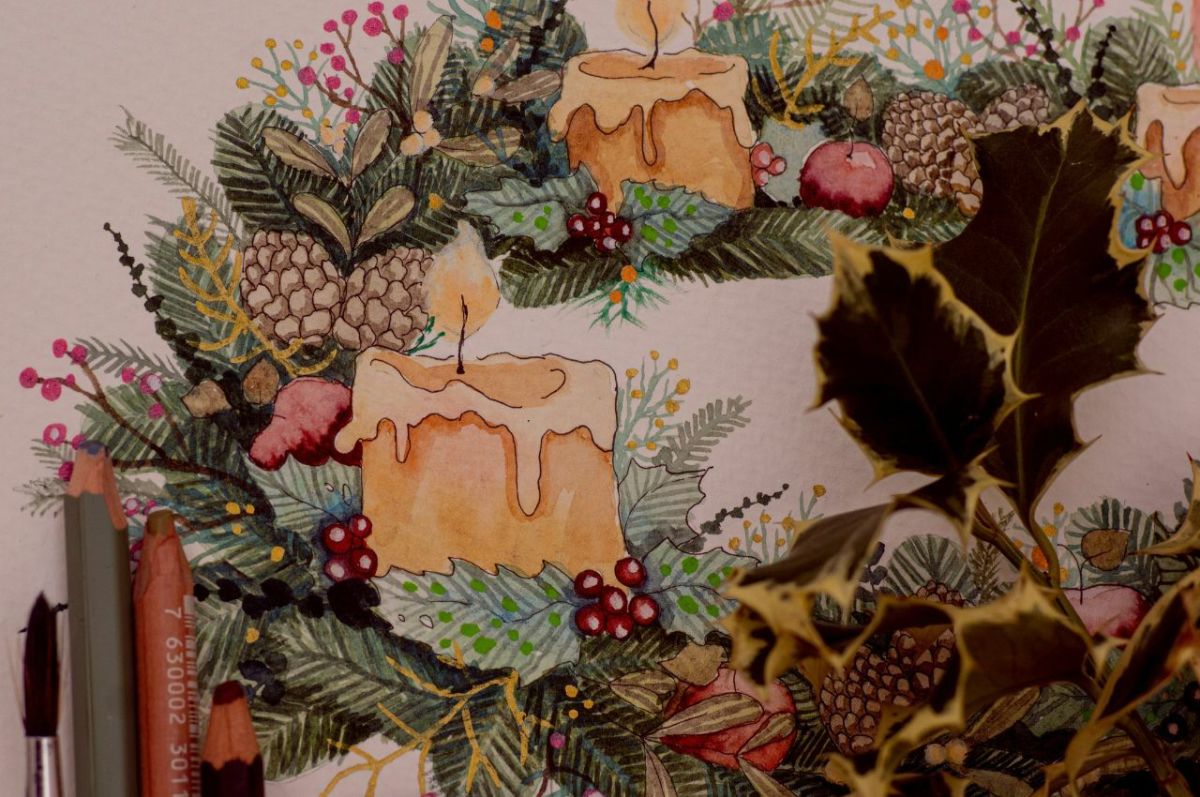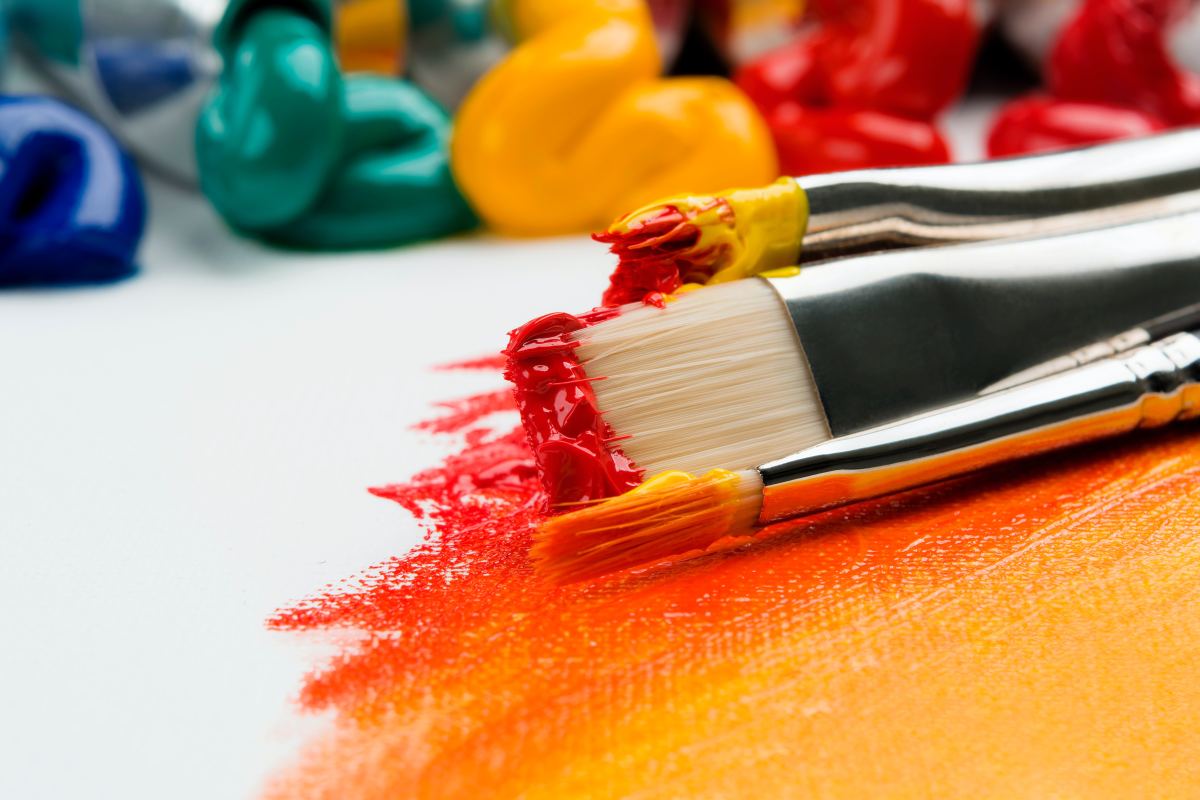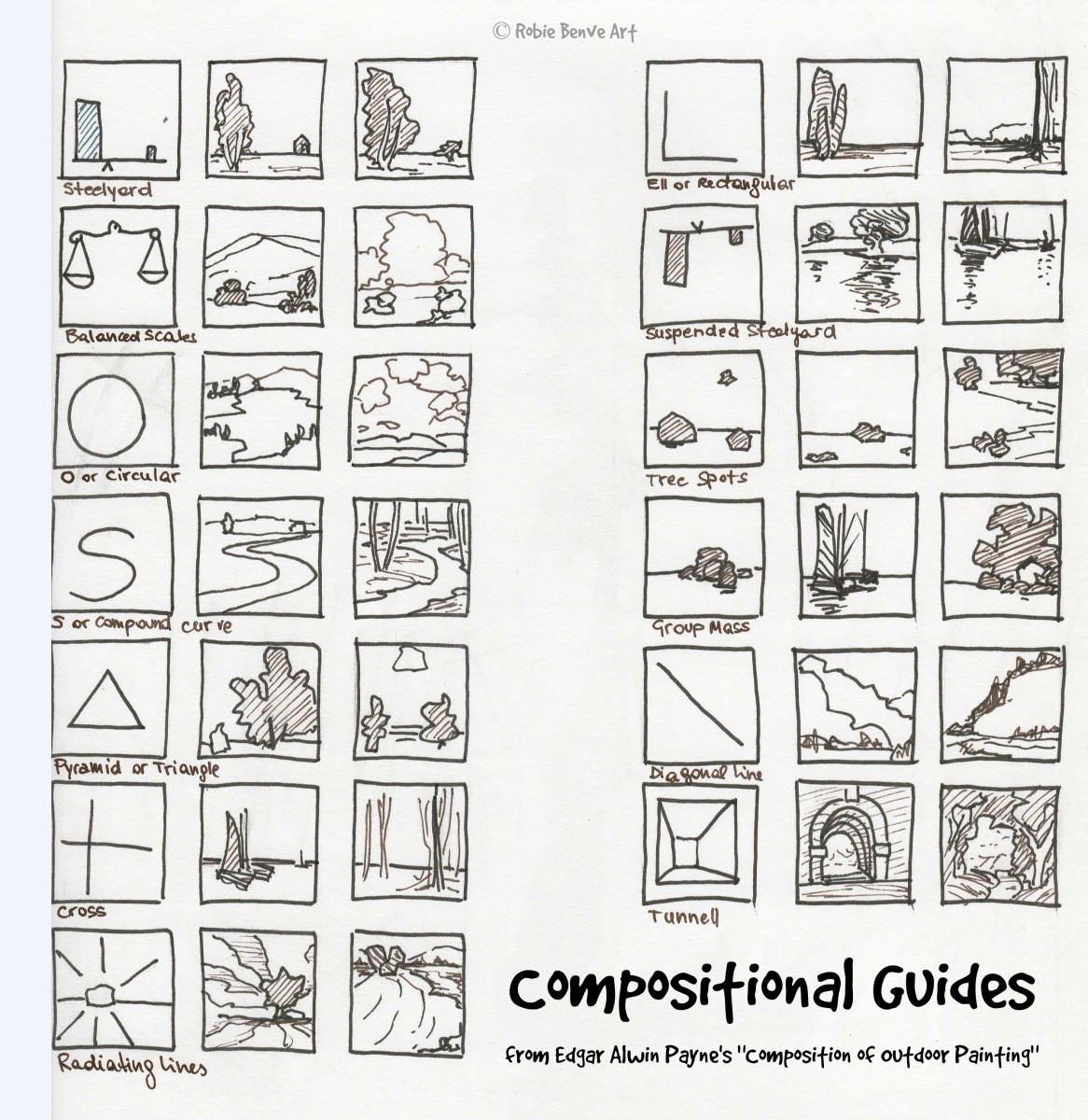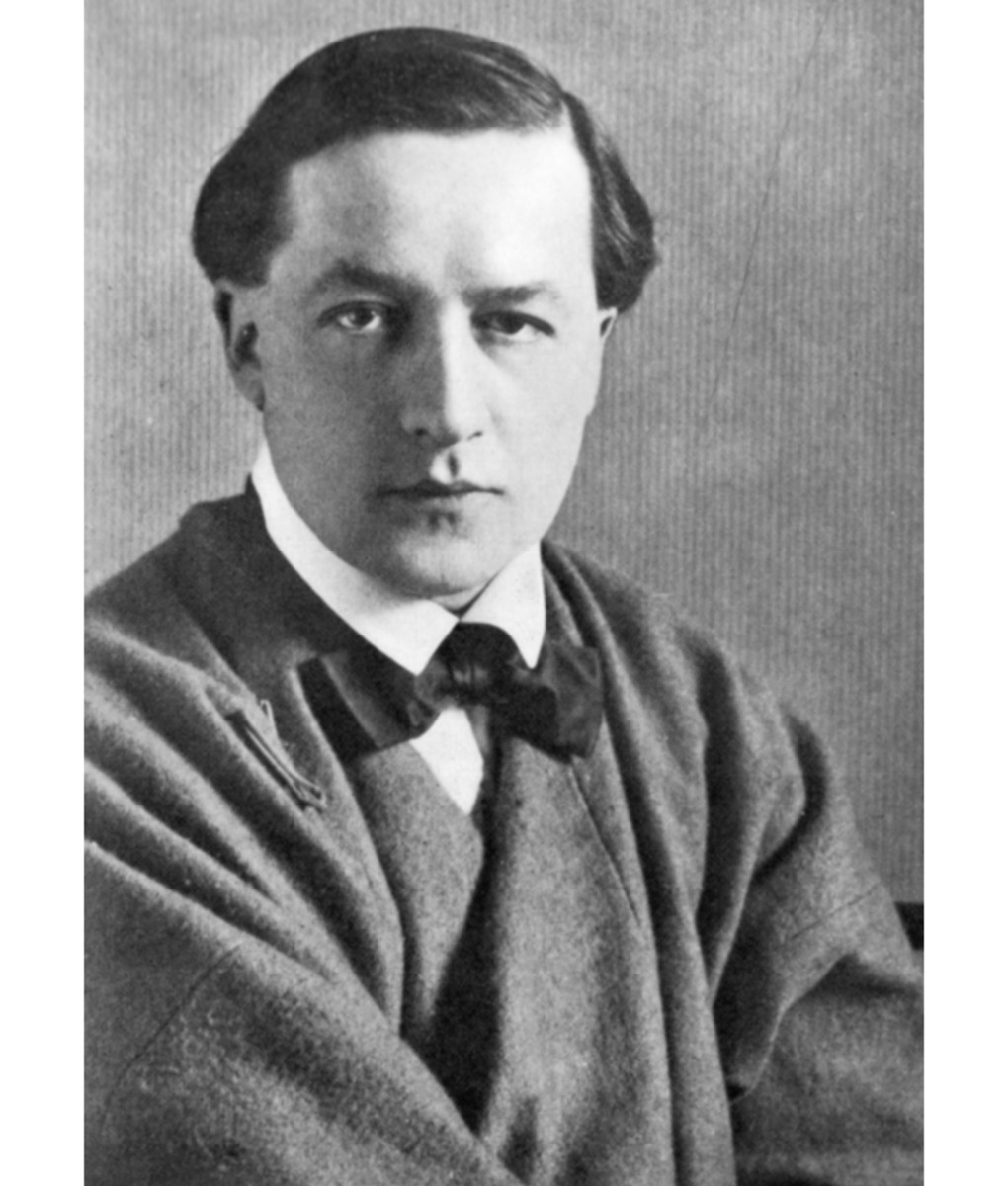Art how to paint, budding artist tips. Art answers to a few random questions and a painting checklist.
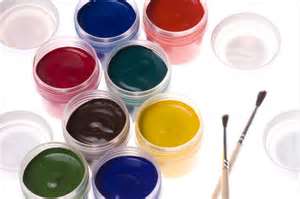
If you're a newbie to painting in any sort of medium here are a few tips that might help you to get your head around some of the words used. Following are a set of random but common questions asked and answered for you along with a very helpful checklist. Lets sort out some of the gooboldy gook!
What is gouache?
Gouche, (pronounced goo arsh) is opaque watercolour. Yes you can use it with your watercolours, particularly where you have made a mistake and want to cover over it. Alternatively the watercolour might be too transparent to do the job so you can add gouache to give it more body.
It's still better to use it as an emergency and learn to master the watercolor well first. If you use gouache in your painting it is now considered to be 'mixed media' rather than a watercolur painting.
What do I do if I make a mistake painting watercolor?
- Your first step is leave it alone if it still looks good. In art-speak it becomes a 'happy accident' and thought of as a positive stroke of luck instead. You can alternatively use artistic license and turn it into something else -for example turn sky smudges into clouds, create patches of grass or bushes in flaws on the ground.
- Wash the area out and repaint it.
- Do what you like to get it how you would like it, then discard the painting and start again. Consider it a practice piece. Don't start again too soon. Work out what the problem is first, otherwise you will just do it again. And don't throw out the paper. Use the back as scrap paper for testing colors and experiments.
I have Cotman 300gsm paper. Its hard to get the paint to come off.
Watercolor paper is wood pulp. If its cotton or rag, manufacturers will state this as it is a special feature. You do pay more but it does the job better and you get a more satisfying experience and result. Cotman is students rather than artist quality so the size is also never as good - its more like blotting paper. The paint goes right into the paper instead of sitting on the top so it's really hard to get off and when you try you immediately wipe off the thin layer of size. Good paper has a generous layer of size so it can take quite a pounding.
So what is size? Size is a gelatine (usually) coat they put on watercolor paper to seal it so the paint doesn't just immediately get absorbed into the paper. On good quality paper there is a thicker layer of size so the paint sits on the surface for longer and if you make a mistake you've got some chance of wiping it off without taking off all the size and ruining the paper. Cheaper paper has only a thin layer so when you try to wipe off mistakes you also destroy the size and the paper is useless. Cheap or thin paper also buckles when you put water on it.
Cheaper papers are good for trying out colors, ideas, quick paintings for fun, drawing, pastels etc that don't need water, but always spend the extra couple of dollars for good paper for watercolor paintings you think you will want to keep.
Is it better to paint indoors or outdoors?
I paint outdoors when I can . Usually I start a painting outdoors and finish it indoors as that is where it will eventually hang. A painting looks different indoors as the light is different and it will be hung vertically. I rest it vertically or bluetack it to a wall to see what it will eventually look like. I never paint something that I haven't seen or photographed for myself - unless it's for experiment. To paint from someone else's work never has the same emotional impact and it will show in your painting. Try to have some sort of connection with the subject of your painting to evoke emotion into your picture.
Click here for some beautiful animal paintings
How do I make things glow in a painting?
This technique is called 'halation' from the word 'halo' Its all about tone. The thing that's shining is light tone against a dark background and the secret is to blur the edge of the light. See the 'mouse' painting where the moon shines against the darker background, very dark leaves cross it, and the 'free' edge is blurred. I simply painted up to the edge of the moon then wiped some paint away.

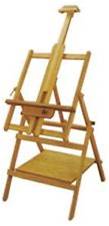
Which easel do you use for watercolor?
I've been through any number of easels and now have a 'watercolour' easel which is sturdy, folds up flat, and you can angle the painting surface from flat to vertical.
For painting outdoors I've been through all the French easels and boxes etc and now carry a simple calico bag which holds everything- a green bag does the same thing and is eco friendly.
What's the story with copying and copyright?
It's illegal to take someone else's work, including photographs from magazines etc, copy it and sign your name to it. You can copy anything you like as a student for learning and to try out techniques but you can't claim it as your own or put your name to it. It has to just get filed away in a folder for reference.
Anything you put out publicly has to be original. However you can take parts as reference from different photos and put them all together in your own painting. Eg if you live in the middle of the desert but you want to paint a snowy pine tree, you might look one up on the net and use it as a reference only.
You can copy photos if you have written permission from the photographer.
Also if you are known to be a 'copyist' you also quickly lose any credibility as an 'artist' - and anyway, why would you want to when there's so much fabulous stuff out there to paint right under our noses? The famous Australian artist Margaret Olley became famous (and a multi-millionaire) for painting things in her house.
CHECKLIST
1) Reconstitute watercolor paint with water (if dry)
2) Choose the scene
3) Describe the focal point in 3 words
4) Portrait or Landscape shape
5) Decide what stays, what goes, what moves
6) Thumbnail sketch with main shapes
7) Notan – blocks of dark, light, mid tone.
a) Squint your eyes to see shape and tone.
8) Mark the direction of light
9) Sketch onto paper (include shadow and cloud shapes)–
a) roll sketch with blu-tac or kneadable eraser to remove excess graphite or sketch with watercolor pencil.
10) Select colors and brushes
11) Try colors and techniques on scrap
12) Start painting - make adjustments as you go
a) Refer back to thumbnail sketch to check shape and tone.
b) Squint your eyes
c) Turn painting upside down
d) Look through the wrong end of binoculars
13) Sign the painting
Some other great hubs on art and painting are
Wanna Learn How To Paint Watercolors? Top 10 Tips For Beginner Watercolor Painters
Baby Steps to Beginning Watercolor Painting
How to Paint a Watercolor Desert Sunset
I hope these few tips help you to understand and master your art. At the very least I hope this encourages you to get out your brushes and paints and enjoy painting a little more often.
Check out my other hubs on painting and art.
Art - Watercolor painting - creating texture effects
How to paint and draw - perspective.
Paint in watercolor - REGAINING and RETAINING WHITES. How to paint edges with watercolor - Art beginners tips and techniques.
Art -Presentation, Framing and Finishing to a gallery accepted standard.
Art how to - DESIGNING A PAINTING or DRAWING.
How to paint and draw using a Two-point perspective.
Paint watercolor tips. Art how to
Art How to paint En Plein Air (painting outdoors)
Watercolour paper and tips on painting moving water.
Art how to on Watercolor painting - Technique - washes.
Painting and drawing General mistakes, problems and how to fix them.
D I Y Framing - an easy how to on framing to save you $$$.
Art how to paint - make tints, shades, tones and colors.
Some great online art supply directories are: (I am in no way affiliated with or receive any type of payment from these companies)
- ebay,
- amazon
- http://www.dickblick.com
- www.info.com.au
If you enjoyed my hub please check out my other hubs, comment, share and email the link to friends and checkout the items printed in blue for my recommendations and links.
© 2013 Frangipanni
